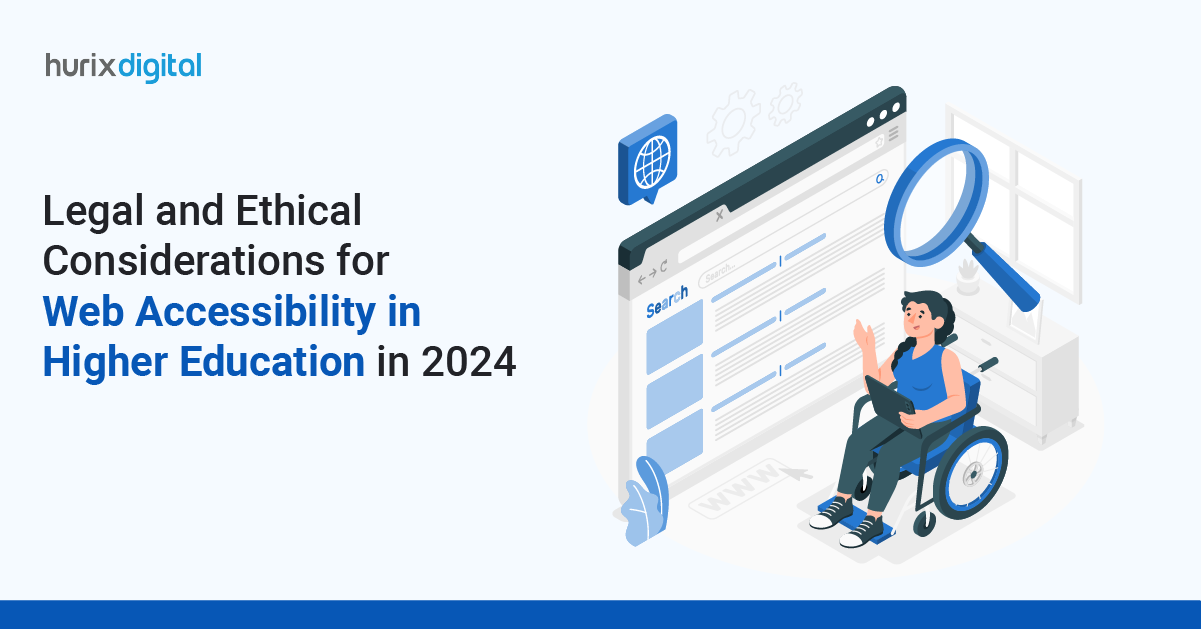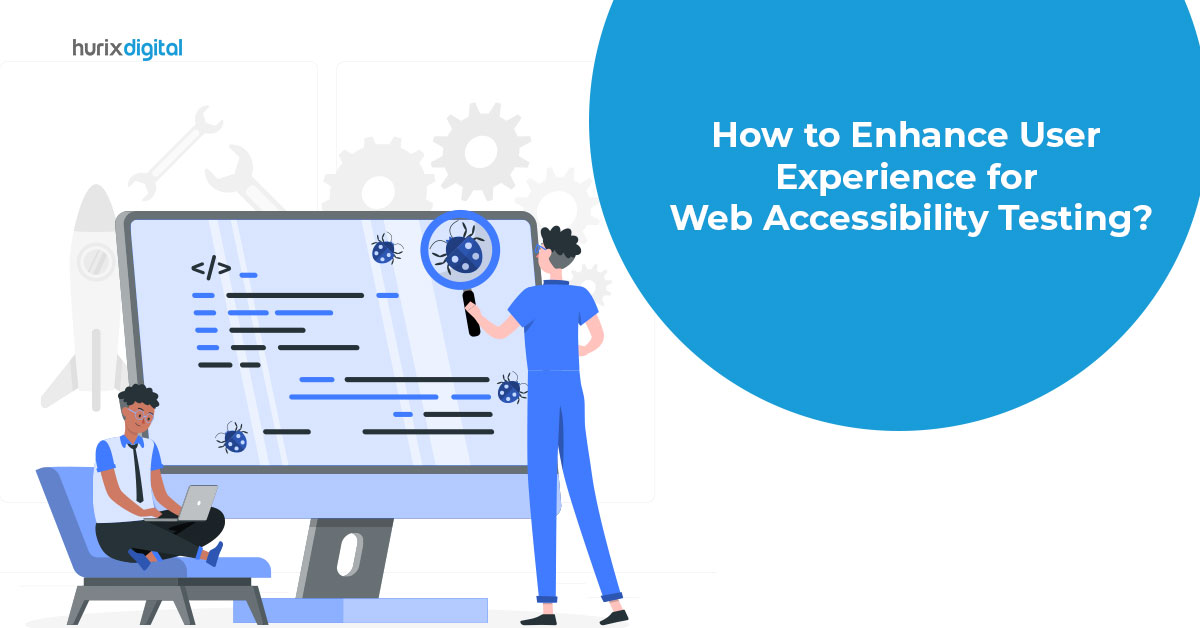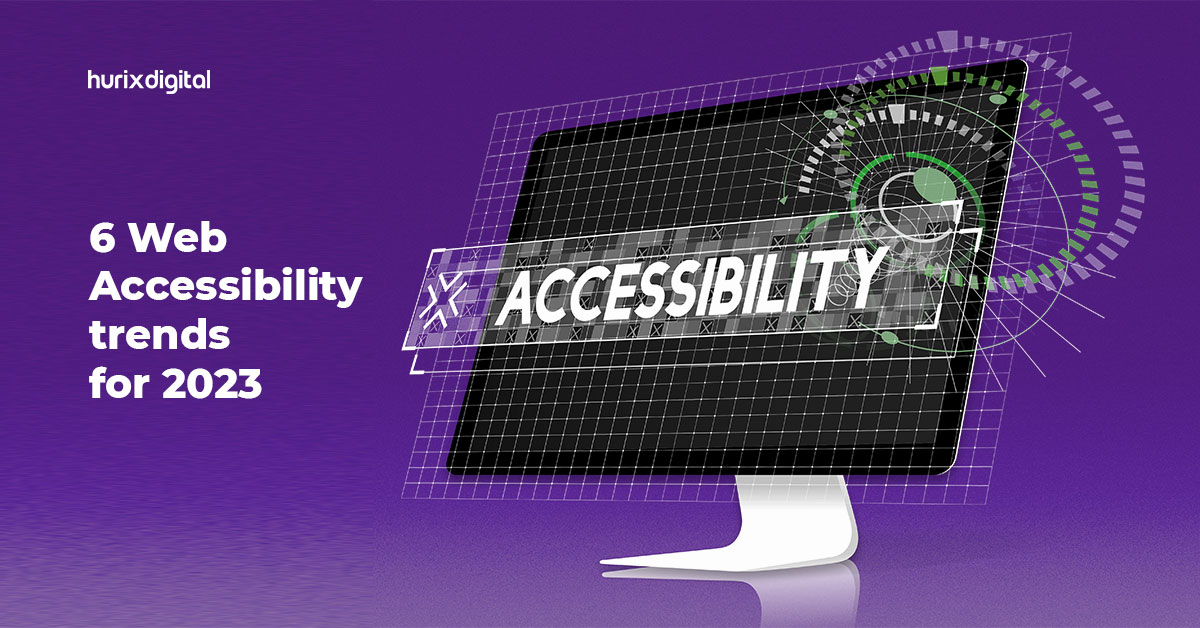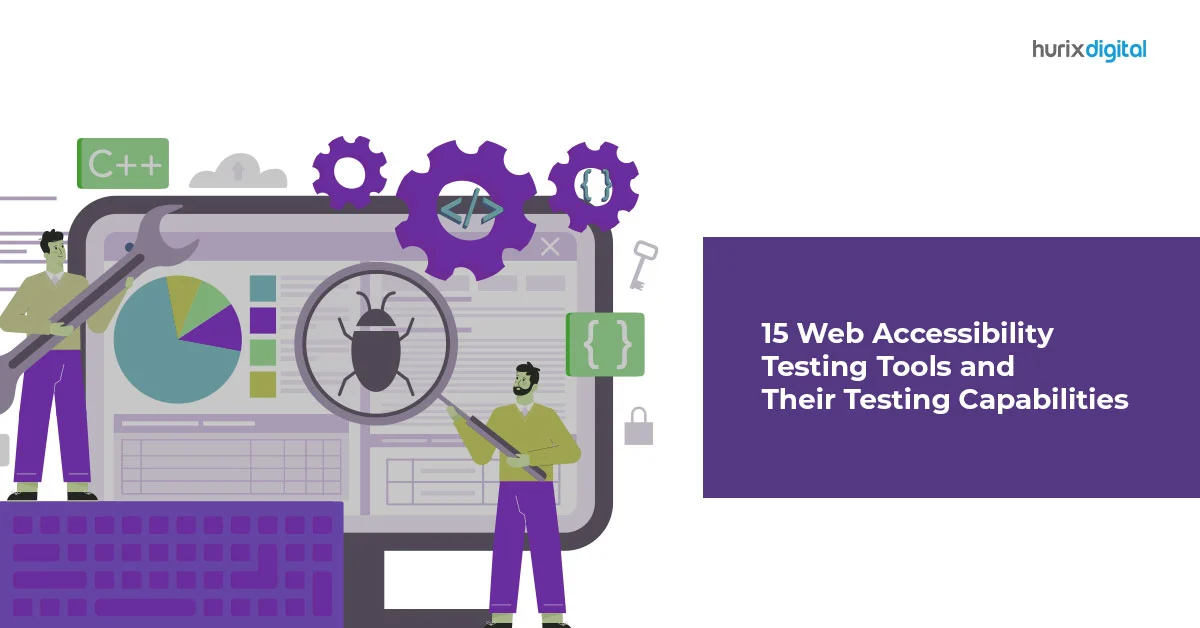
Legal and Ethical Considerations for Web Accessibility in Higher Education in 2024
Summary
This blog highlights the importance of accessibility in higher education, focusing on ADA laws, ethics, and solutions to barriers for creating inclusive learning environments.
The need for accessibility in higher education has dramatically heightened in the present context, where digital platforms form a core part of learning and administration. In fact, almost 80% of students and professionals believe digital accessibility should be a priority.
With new regulations regarding ADA compliance and the increasing need for more digital accessibility services, keeping up with the latest trends and regulations is crucial for an institution to maintain its compliance and inclusion.
In this blog, we will understand the accessibility laws and how they impact web experiences across the globe.
Table of Contents:
- Understanding Accessibility in Higher Education
- The Americans with Disabilities Act (ADA) and Its Impact
- Ethical Implications of Accessibility in Online Learning
- Common Barriers to ADA Compliance and Solutions
- Wrapping Up
Understanding Accessibility in Higher Education
The Americans with Disabilities Act (ADA), originally passed in 1990, has been a cornerstone in this evolution, setting the stage for how educational institutions must cater to the needs of students with disabilities.
Over the years, the ADA compliance framework has expanded to include digital platforms, ensuring that students with disabilities can access online courses, digital libraries, and other educational resources.
Key Statistics Highlighting the Need for Accessibility
Key statistics underpin the need for comprehensive digital accessibility services within higher education. One report by the National Center for Education Statistics reported that 15% of all public school students received special education in the years 2022–23. That is a great number of students, and educational content needs to be made accessible.
This was accelerated with the COVID-19 pandemic, building on the imperative to ensure that all students, regardless of physical and cognitive abilities, can participate fully in the educational experience.
The Americans with Disabilities Act (ADA) and Its Impact
Here is how the increasing awareness of the ADA has impacted students and the education system at large:
1. New ADA Law: What You Need to Know
New updates to the ADA law, as of 2023, have created a significant threshold in what is considered a compliant digital platform.
Programs must ensure that all web content, from the courses to administrative portals, is accessible for students with disabilities. This covers text, audio, and visual alternatives, compatibility with screen readers, and ease of navigation for students who use assistive technologies.
2. The Role of ADA in Digital Accessibility Services
Digital accessibility services play an increasingly significant role in ensuring ADA compliance in higher education. Audits of existing digital platforms to staff and faculty training in accessible content development are good practices here.
Utilizing these services helps institutions meet the legal requirements prescribed by the new ADA law and provide an inclusive learning environment for all their students.
Ethical Implications of Accessibility in Online Learning
Here are the ethical implications of accessibility in online learning services:
Addressing the Digital Divide
The phrase “digital divide” refers to the accessibility of modern information and communication technology by some while others lack access. In the context of higher education accessibility, this divide typically hits students with disabilities disproportionately.
Ensuring educational platforms are accessible helps bridge this gap. Failing to do so violates ADA compliance, and inequity within the education system is preserved.
The Moral Responsibility of Educational Institutions
Besides legal obligations, this is a moral issue for institutions. Educators should strive to ensure an inclusive learning environment where all students can equally compete in attaining their goals.
This calls for awareness of students’ many needs and digital accessibility services that can help meet those needs. Therefore, institutions should, morally and ethically, put accessibility front and center through their equity and inclusion imperatives.
Common Barriers to ADA Compliance and Solutions
Accessibility in higher education can be difficult, and there can be a few roadblocks. Here are some significant issues you might face with ADA educational compliance:
1. Limited Budget for ADA Compliance
The most critical challenge institutions face in regard to ADA compliance is that there is no set budget for making digital content accessible. Many institutions have extensive pre-existing digital content in place; hence, retrofitting materials to meet accessibility standards may turn out to be quite costly.
This can be mitigated by being proactive with budget allocation and improving affordability. An institution can ramp up resources toward upgrades over time, lessening the sudden financial impact.
Grants are also available, and partnerships with accessibility companies that could provide funding may be possible. Starting with the high-traffic or priority content ensures that limited resources go toward the most impactful changes first.
2. Lack of Faculty and Staff Training
A second major barrier to ADA compliance involves a lack of knowledge and training by faculty and staff. Due to a lack of training in accessibility standards provided within educational institutions themselves, the complexity of the task of creating and sustaining compliant materials is greatly increased.
It is very important to invest in training programs for staff and faculty. Regular workshops and online training help staff acquire the necessary knowledge to integrate accessibility into their work.
It is crucial to establish specialists or teams for accessibility at the institution to guide the departments and faculty members to guarantee continuity of attention to compliance.
3. Rapidly Changing Technology
While it is easy to get ahead with this rapidly changing technology, keeping up with emerging accessibility tools and ensuring that institutions stay compliant with the regulations of new technologies is challenging. This issue can widen gaps in accessibility and put these institutions at risk from a legal viewpoint.
In that regard, schools should adopt scalable and adaptive technology solutions and update them occasionally to handle shifting accessibility needs. Cloud-based content management approaches can significantly help with this, ensuring seamless updates of new accessibility features across platforms.
Schools would be well served in consulting with tech experts or accessibility companies in the selection and implementation process.
4. Resistance to Change
Many campuses resist change, not to mention the imposition of accessibility-related processes. Faculty and staff are used to teaching in certain ways, and many do not recognize the importance of accessibility to students with disabilities.
Institutions should ingrain a culture of inclusion and make leadership aware that ADA compliance is important. Perhaps leadership is the key driver for accessibility initiatives on campus and can help highlight the benefits of compliance for all students.
Recognition of accessibility champions within departments, rewarding innovation, could also facilitate faculty and staff buy-in.
Wrapping Up
Legal and ethical considerations of accessibility in higher education are more relevant now in 2024, with a new ADA law and an increase in the use of digital platforms. With institutions advancing through such a process, there needs to be an upside to implementing ADA compliance and digital accessibility services.
Addressing the challenges and embracing emerging technologies will help educational institutions create an inclusive, equitable learning environment for all.
At Hurix Digital, we pride ourselves on guiding educational institutions through the complexities of ADA compliance and digital accessibility services. Our solutions will help your digital platforms meet the latest ADA requirements and provide a seamless and accessible user experience to all students.
Reach out to us today, and let us help you achieve your accessibility goals.

Associate VP of Technology, leads the design and development of innovative and accessible web solutions for publishing and eLearning clients. With over 20 years of experience in the ITES industry and a strong background in project management, automation, quality assurance, and offshore collaboration.








